Optimal Timing for Exterior Deck Sanding
Exterior deck sandings are most effective when performed during optimal weather conditions. Timing can influence the durability and finish quality of the sanding process, impacting the longevity of the deck surface.
Spring and early fall generally provide the best weather for deck sanding, with moderate temperatures and low humidity.
Avoid sanding during rainy, freezing, or extremely hot periods, as moisture and temperature fluctuations can affect the sanding results.
Optimal temperatures for sanding are typically between 50°F and 85°F, ensuring proper drying and adhesion of finishes afterward.
Low humidity levels prevent moisture absorption, reducing the risk of warping or swelling after sanding.

Spring offers ideal conditions for preparing decks for the warmer months.

Early summer can be suitable if temperatures are moderate and humidity is low.

Performing sanding in early fall helps protect the deck through the winter and prepares it for next season.

Ways to make Exterior Deck Sandings work in tight or awkward layouts.

Popular materials for Exterior Deck Sandings and why they hold up over time.
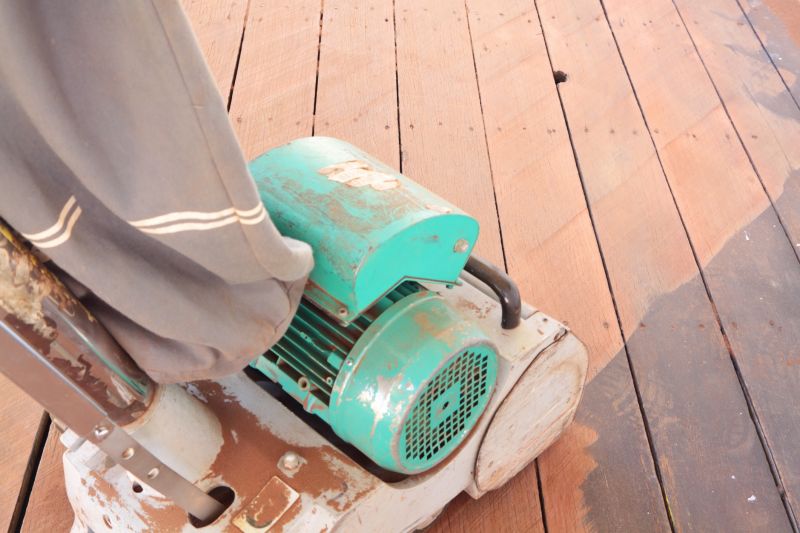
Simple add-ons that improve Exterior Deck Sandings without blowing the budget.

High-end options that actually feel worth it for Exterior Deck Sandings.
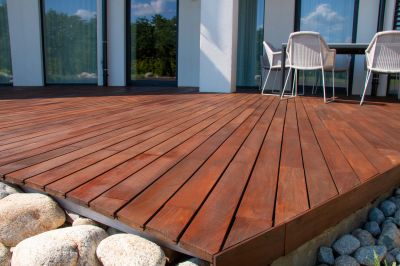
Finishes and colors that play nicely with Exterior Deck Sandings.
Exterior deck sanding involves removing old finishes, smoothing rough surfaces, and preparing the wood for new coatings. Proper sanding enhances the appearance, prevents splinters, and extends the life of the deck. The process typically requires specific equipment and techniques to ensure an even, clean surface. Statistics show that decks sanded and resealed regularly can last up to 10-15 years, depending on exposure and maintenance practices.
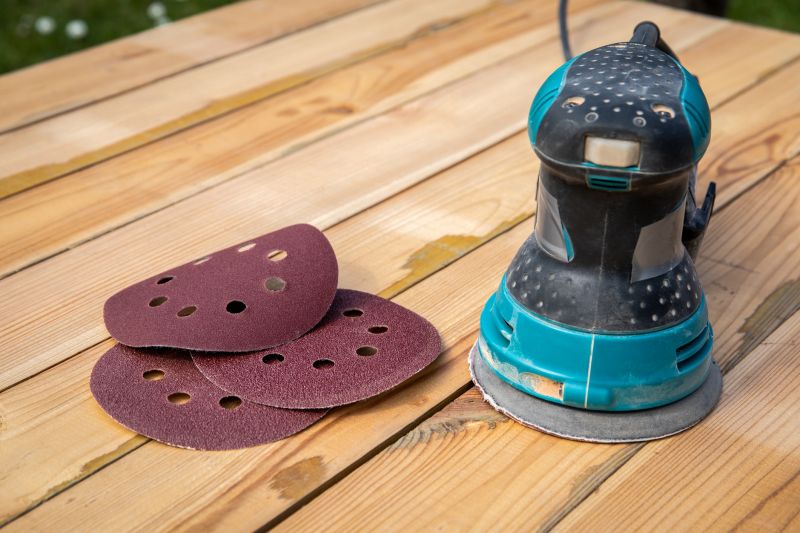
Use of electric sanders ensures efficient removal of old finishes and smooth surface preparation.

Proper sanding significantly improves the deck's appearance and readiness for sealing.
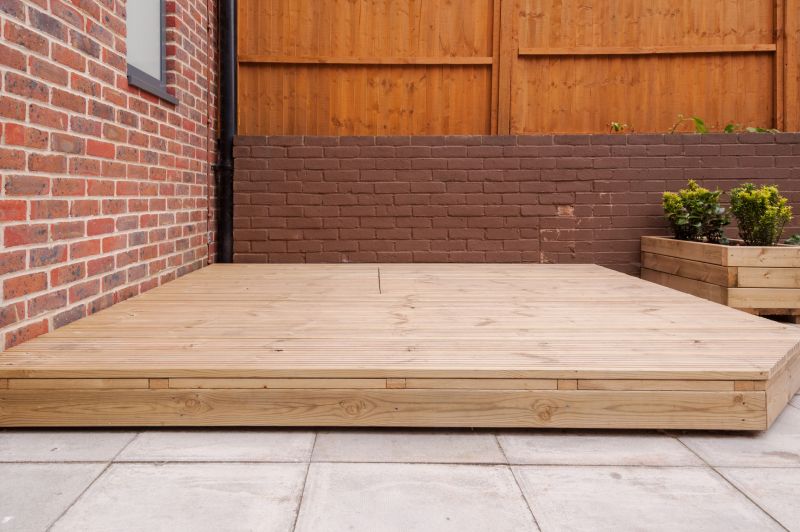
Optimal weather conditions contribute to better sanding outcomes and finish durability.

Regular inspections help determine the right timing for sanding and maintenance.

Little measurements that prevent headaches on Exterior Deck Sandings day.

A 60-second routine that keeps Exterior Deck Sandings looking new.
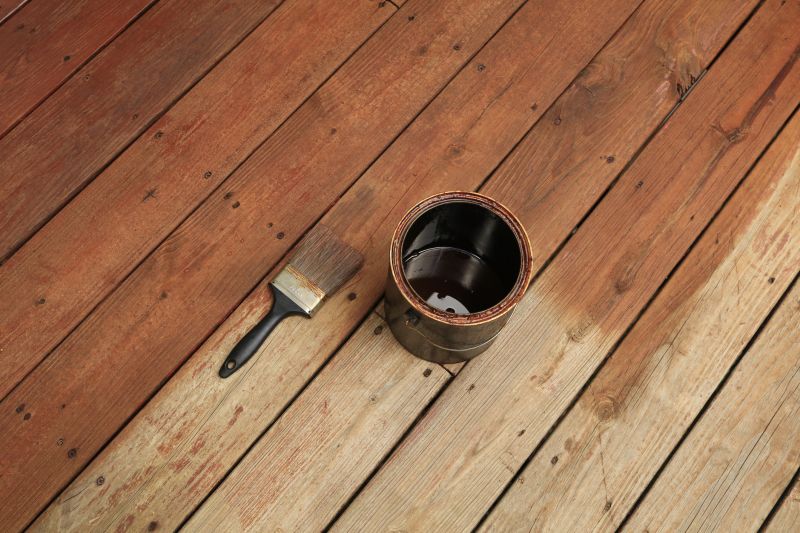
A frequent mistake in Exterior Deck Sandings and how to dodge it.

Small tweaks to make Exterior Deck Sandings safer and easier to use.
| Season | Recommended Conditions |
|---|---|
| Spring | Moderate temperatures, low humidity, dry days |
| Summer | Warm but not excessively hot, low humidity |
| Fall | Cooler temperatures, dry weather, before winter |
| Winter | Not recommended due to moisture and temperature fluctuations |
Choosing the right time for exterior deck sandings ensures optimal results and longer-lasting finishes. Avoiding periods of high humidity, rain, or extreme temperatures minimizes risks such as warping, swelling, or uneven sanding. Proper timing, combined with regular maintenance, preserves the deck’s structural integrity and aesthetic appeal.
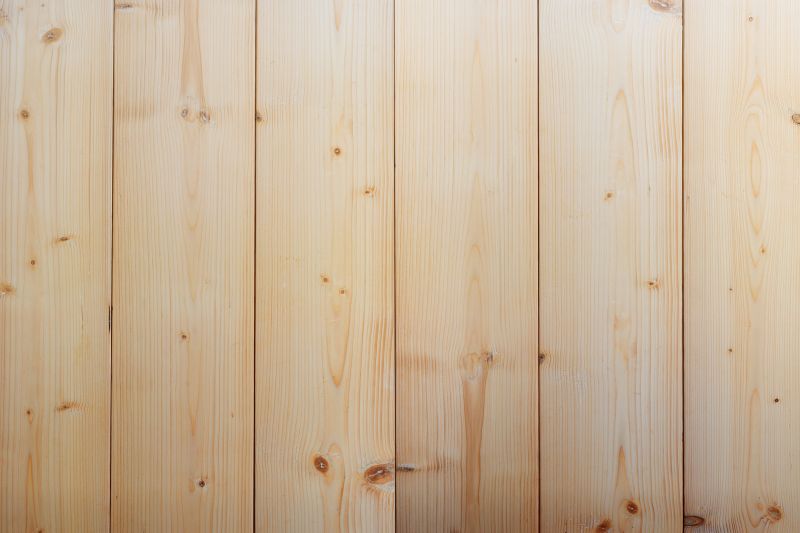
A smooth, clean surface ready for sealing or staining.

Ideal conditions ensure a quality finish and durability.

Lower-waste or water-saving choices for Exterior Deck Sandings.

The short, realistic tool list for quality Exterior Deck Sandings.

Rough timing from prep to clean-up for Exterior Deck Sandings.

Quick checks and paperwork to keep after Exterior Deck Sandings.
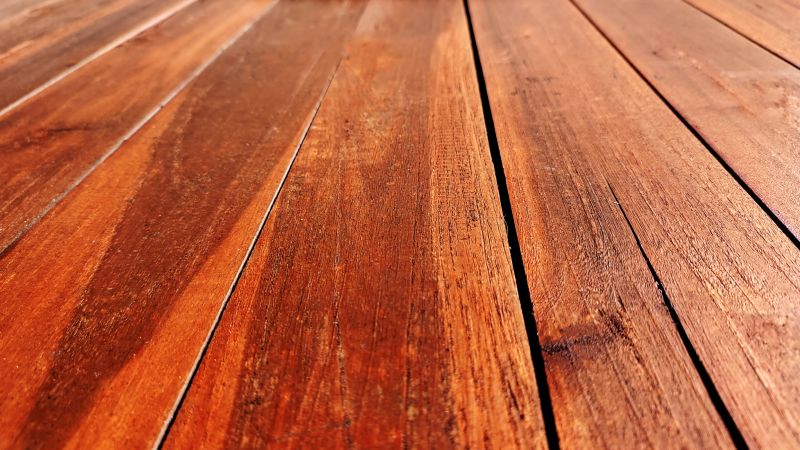
Examples that show the impact a good Exterior Deck Sandings can make.
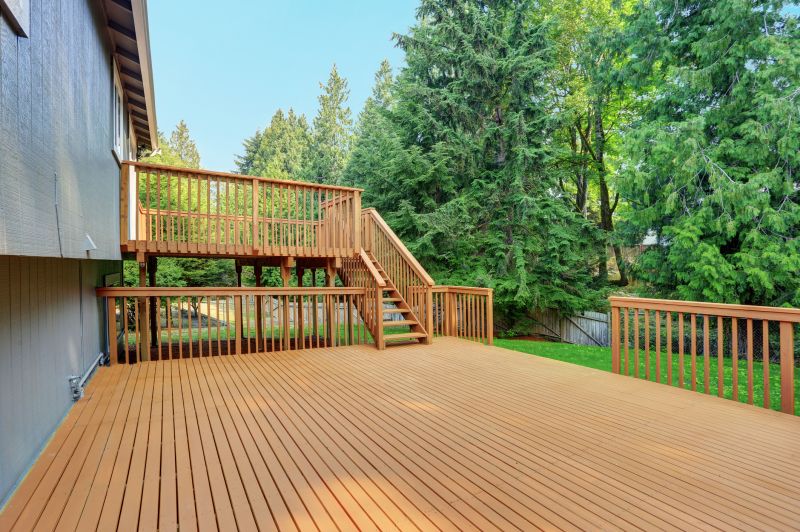
Ways to make Exterior Deck Sandings work in tight or awkward layouts.
Interested in scheduling exterior deck sandings? Filling out the contact form can provide more information on the best timing for specific locations and conditions. Proper planning ensures the deck remains in excellent condition for years to come.
